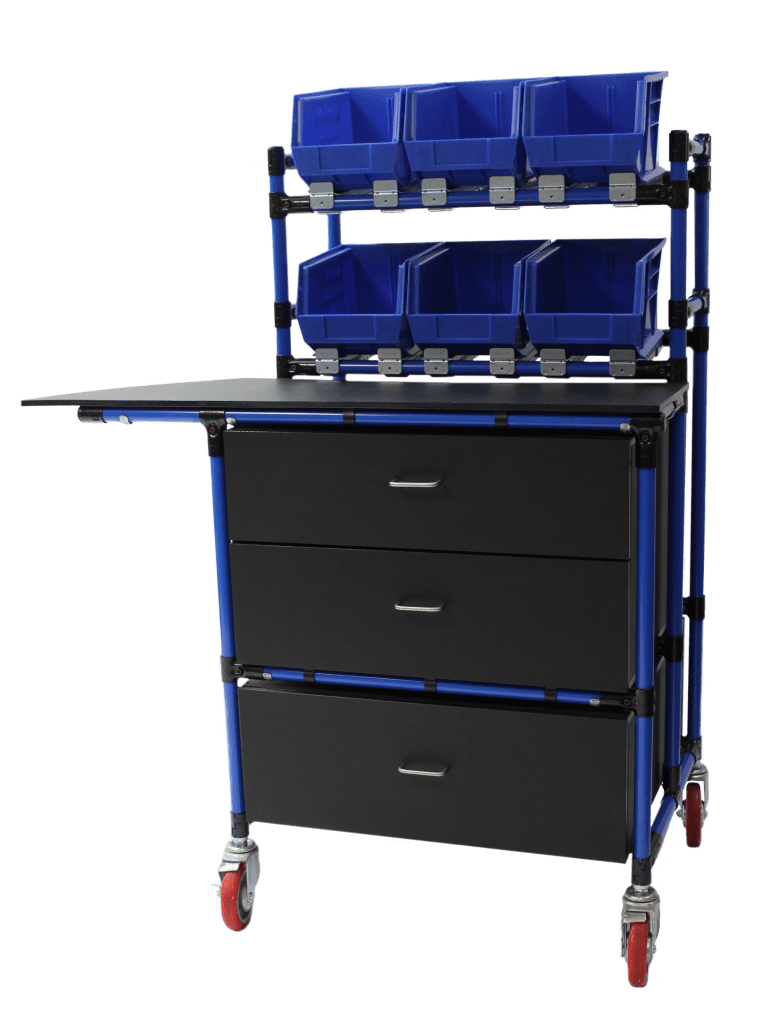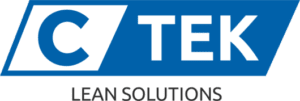7 Myths About Lean Solutions

Lean solutions can hold different meaning to different teams and difference companies. Although the implementations, productivity, and process changes may differ from plant to plant, the basic tenets remain the same. So do the myths that continue to exist due to inappropriate education at all employee levels.
What Lean Achieves
The goals of this philosophy, also referred to as the Toyota Way, remain the same from plant to plant. The overarching goal of this philosophical methodology is the elimination of waste or resource consuming activity that adds no value to customer service, design, distribution, manufacturing, overall production or customer value. Its implementation works to eliminate seven waste types:
- Activity that doesn’t add value,
- Employee and machine waiting time,
- In-process waste creation,
- Low quality,
- Overstock,
- Unneeded transportation,
- Unplanned overproduction.
Achieving those goals comes easily once you begin applying the kaizen approach of continuous, incremental improvement to your processes and procedures. You have to dispel the myths first to ensure they don’t derail your improvements.
Existing Myths
Myth: The Toyota Way just requires new tools.
Fact: Yes, you need the right tools to improve line activity and material handling, but more than that you need for the new philosophy to pervade your company culture. Your employees do need tube, pipe and connector, carts and modular racks to create on-the-fly solutions. They also need training in how to spot the problem source and create solutions.
Myth: You can set it and forget it.
Fact: The Toyota method requires constant application and iteration. The improvements are a process in and of themselves.
Myth: Lean all about cost reduction.
Fact: Lean is also about simplifying and streamlining work, reducing frustrations so employees can focus on what matters – customer delivery and production, and business growth. Waste reduction enhances productivity.
Myth: The Toyota way means having zero inventory.
Fact: Conversely, it means having a low inventory that ensures you have just enough to meet demand and address re-filling orders.
Myth: You can use the same equipment.
Fact: You can retrofit some items, but you do need new equipment. Choose high quality pieces to enhance their staying power and reduce repairs.
Myth: Lean is only about getting rid of waste.
Fact: Lean means getting rid of the problems that cause bottlenecks and slow down production. This leads to waste reduction.
Myth: Lean means overworking or firing employees.
Fact: Lean means simplifying work to get more done. It means making work processes more comfortable, so people can work faster. It cuts wasteful movements and motions out of production, not people.
You can apply this methodology to your plant floor with tube, pipe and connector, and carts, or to your office with more time efficient processes. You can create ergonomic work spaces to enhance productivity. Dispel these myths and implement waste reducing processes to better serve your customers.
